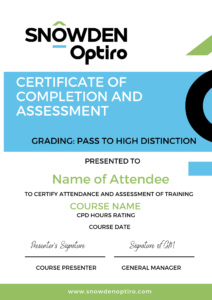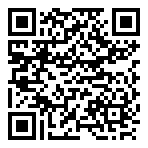
Practical Indicator Kriging and Simulation – Perth & Online
Presenter and course developer: Dr Gregory Zhang, Ian Glacken, Paul Blackney, Kahan Cervoj
Elevate your resource estimation skills.
This two-day practical Indicator Kriging and Simulation course is designed for professionals who are looking to deepen their understanding of advanced resource estimation techniques. It builds on the material from our five-day Resource Estimation course.
Topics Covered:
- Dispersion Variance and Change of Support: Understand the impact of support size on data interpretation.
- Predicting Mining Tonnage-Grade Curves: Learn to predict curves from sample data (global change of support) and from large block estimates.
- Global vs. Local Change of Support: Explore the differences and implications for resource estimation.
- Non-Linear Estimation: Discover what non-linear estimation is and when it’s useful.
- Recoverable Resources Techniques: Gain insights into methods for predicting recoverable resources.
- Geology and Grade Risk Assessment: Learn techniques for assessing risks in mining.
- Categorical Indicator Kriging (CIK): Understand the application and benefits of CIK.
- Localised Multiple Indicator Kriging (LMIK): Explore LMIK for more accurate resource estimates.
- Sequential Indicator Simulation (SIS): Delve into SIS for modeling complex geological features.
- Pluri-Gaussian Simulation: Learn how this method can improve resource estimation accuracy.
- Real-Life Case Studies: Review practical examples of these techniques in action.
Course Highlights:
This course addresses crucial challenges in mining and mineral resource estimation, offering strategies to maximize the value of your geological and grade data.
- Kriging Equations Review: Refresh your knowledge of kriging before diving into advanced topics.
- Non-Linear Kriging Approaches: We emphasize non-linear kriging methods like single and multiple indicator kriging, sequential indicator simulation, and pluri-Gaussian simulation.
- Dispersion Variance Overview: Discuss the concept and its application to recoverable resources estimation.
- Practical Applications: Focus on real-world usage of indicator-related estimation methods without delving too deeply into complex mathematics.
- Case Studies: Examine real-life scenarios where these techniques have been successfully applied in mining projects.
Hands-On Learning:
- Software Training: Engage in activities using GSLIB-style software and Supervisor software on datasets provided by Snowden Optiro.
- Free Software License: All participants will receive a free temporary license for Supervisor software to continue their learning post-course.
Open-Book Post-Course Assessment Exam
 As part of your course package, you have the option to take an open-book post-training course assessment exam at no additional cost. This is a valuable opportunity for you to reinforce your learning and demonstrate your understanding of the course material, and for you to add to your professional portfolio.
As part of your course package, you have the option to take an open-book post-training course assessment exam at no additional cost. This is a valuable opportunity for you to reinforce your learning and demonstrate your understanding of the course material, and for you to add to your professional portfolio.
Key Points:
Open-Book Exam: You can use your course materials during the exam to assist you.
No Extra Cost: The exam is included in the price you have already paid for the course.
Graded Certificate: Upon successful completion, you will receive a graded Certificate of Assessment, showcasing your achievement.
We encourage you to take advantage of this opportunity to earn your Certificate of Assessment, which can be a great addition to your professional portfolio.
Duration (in days)
2
Price in AU Dollars
In-house /Online or Onsite training is a cost-effective way of getting your whole team trained.
Training Terms and Conditions
By registering for a course, participants acknowledge that they have read, understood, and agreed to these Terms and Conditions.
Contact us for further information
Get a quote
Date
- Nov 04 - 05 2024
- Expired!
Time
AWST- 9:00 am - 9:00 am
Cost
- AUD3,550.00
Location
Perth classroom and Online
Organizer
-
Snowden Optiro

Recent Posts
- Mining Fleet Selection and Sizing: Why it’s a business decision, not a spreadsheet task
- Five Truths. One Purpose: What Best-Practice Mine Reconciliation Really Looks Like
- We are Hiring: Senior or Principal Consultant – Mining
- New Blog: Strengthening Resource Modelling Practices in Ghana’s Greenstone Belts
- Fresh Thinking: The 3-Minute Read. Episode 124
